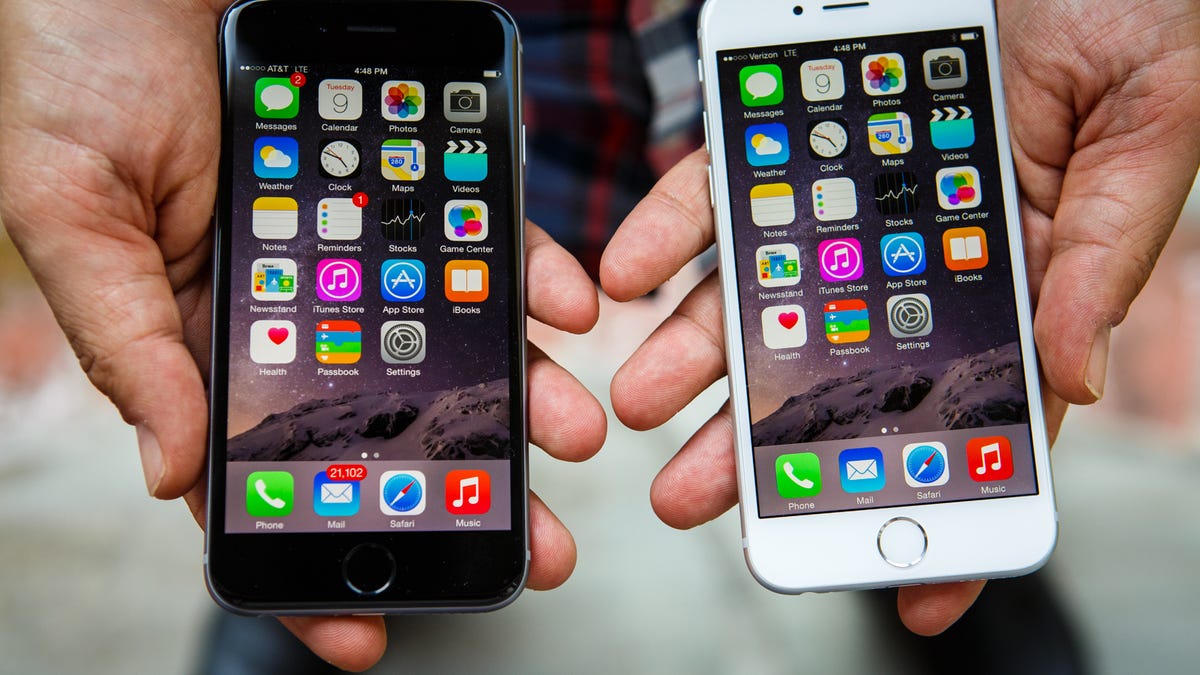iOS 13 compatible with iPhone 6S and later, but iPhone 6 and 5S owners are out of luck
Apple is sorry not sorry.

The iPhone 6 debuted in 2014.
Apple doesn't really care what you think. Not only will it sell a stand for its newest Pro Display XDR monitor for $1,000 a pop, it's also making a bunch of older iPhones obsolete. At the company's WWDC conference held in San Jose, California, the tech giant unveiled two mobile updates on Monday: iOS 13 for iPhones and iPadOS for iPad tablets . While the operating systems offer several new features, iOS 13 won't be coming to all Apple devices, including 2014's iPhone 6. These phones will essentially be left out from getting the latest-and-greatest in terms of software, from Apple.
Both iOS 13 and iPadOS have a new dark mode option for interfaces and a redesigned Photos app. You'll also get more customization options for Memoji on iOS 13 and text-editing gestures for iPadOS. The OS' will be available in the fall and iOS 13 will roll out to a handful of iPhones ranging from the new iPhone XS phones to iPhone 6S and iPhone SE.
But again, there are other iPhones and iPads that will not be able to receive the iOS 13 and iPadOS updates, even though these devices can run the penultimate iOS 12 software.
Devices that can't update to iOS 13 or iPadOS:
- iPhone 6 and iPhone 6 Plus
- iPhone 5S (and older)
- 2013 iPad Air (the 2019 10.5-inch iPad Air will be able to run iOS 13)
- iPad Mini 3
- iPad Mini 2
- iPod Touch (sixth generation and older)
As of February 24, 83% of Apple's mobile devices on the market were running iOS 12, the company's mobile software from late 2018. Another 12% used iOS 11, and 5% of devices ran an older version, according to the company's developer dashboard. By comparison, only about 10 percent of Android devices ran Google's latest software, dubbed Pie, as of May 7.
If you have any of these devices, you'll either have to stay on iOS 12 or be forced to buy a new iPhone that is compatible with the new OS. If you think your older iPhone still has a lot of life in it but is a bit slow, read CNET's 8 tips to speed up your old, tired iPhone.
See also
- Apple iOS 13: New Siri voice, camera tools, Dark Mode for iPhone
- New Mac Pro makes its debut, starts at $5,999
- Apple gives the iPad its own OS
- Returning to Apple's WWDC after 20 years, now with 5 OSes instead of 1
- Get all the latest from WWDC



